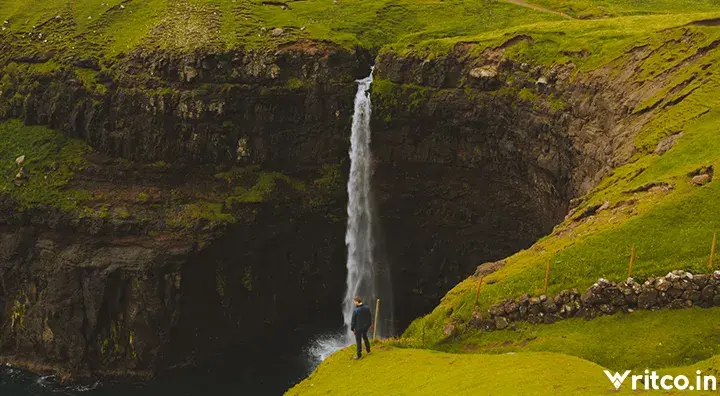earth evolution
The Formation of Earth
The story of Earth’s formation begins approximately 4.5 billion years ago, within a young solar system. At that time, a massive cloud of gas and dust, known as a solar nebula, collapsed due to gravity. This collapse led to the formation of a spinning disk of material, with the Sun forming at its center. As the remaining particles in this disk collided and stuck together, they formed clumps, gradually growing into small planetary bodies...
The story of Earth’s formation begins approximately 4.5 billion years ago, within a young solar system. At that time, a massive cloud of gas and dust, known as a solar nebula, collapsed due to gravity. This collapse led to the formation of a spinning disk of material, with the Sun forming at its center. As the remaining particles in this disk collided and stuck together, they formed clumps, gradually growing into small planetary bodies...



